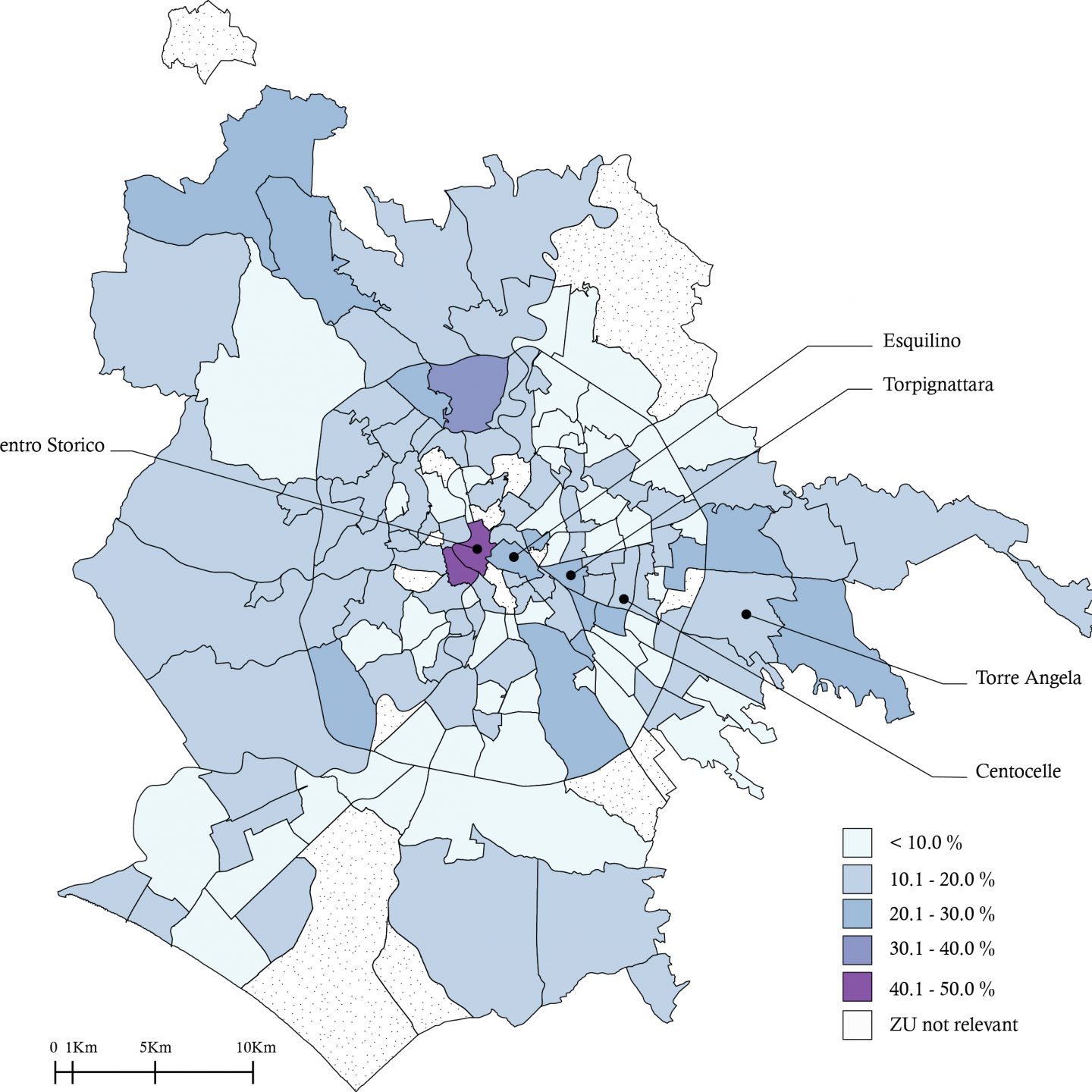This article investigates residential segregation at the intraurban level of migrants in two Italian cities, Rome and Milan, considering religion as a point of reference in light of its pivotal role in terms of identity references for many migrants.
The article focuses in particular on Muslim migrants—due to both the magnitude of their presence and complex issues related to their settlement in Italian cities. The analysis shows a low level of intraurban residential segregation of Muslim migrants in both cities, with some relevant differences related to national subgroups (e.g., a higher concentration for people coming from Bangladesh and Pakistan), so that religion seems not yet to be a main driver of residential choice for Muslim migrants. In light of both the low level of segregation of Muslim migrants and some features of Italian urban policies on migration and religion, we argue that residential concentration can currently play a beneficial role in terms of the insertion of migrants in Italian cities and fulfillment of some of their needs (e.g., availability of minority places of worship).

